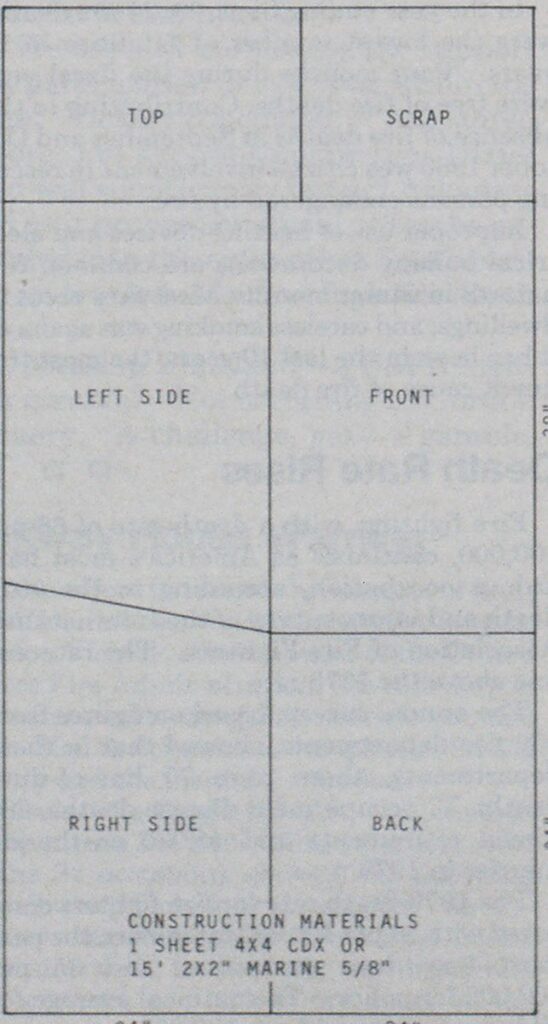
Fluorescent Boxes Help Spot Hydrants In Alaskan Snow
Spotting fire hydrants for most fire departments remains a real problem. In winter they’re covered with snow and in summer, hidden by grass and bushes. The Skagway, Alaska, Volunteer Fire Department has found a practical solution to the problem which has worked quite well over the years.
We cover our hydrants with a highly visible fluorescent red-orange painted box. This serves several important functions:
- High visibility—Fire fighters can spot hydrants in daylight up to 22 blocks away or at night, up to about a block away. Our citizens appreciate them, at least when parking. In fact, some less observant citizens have protested when one of our boxes was removed for repairs and they got a ticket for unknowingly parking next to a conventionally painted hydrant. The bright color also aids people backing on some of our curbiess streets, enabling quick identification of the hydrant. Also, the boxes, because they offer a large visible surface, are easily seen, even though surrounded by grass and bushes. In the winter, they rise prominently above the snowpack or berms. Snow removal equipment operators spot them easily, thus reducing hydrant damage and maintenance. To clearly identify the boxes, we have painted on them in 2-inch letters “Fire Hydrant” and “15 Ft No Parking.”
- Winter maintenance savings—The boxes prevent the accumulation of snow or sheet ice that can freeze caps on a hydrant. Another feature is that manual snow removal is minimized or eliminated.
- Cap security and ease of removal—With the boxes covering the hydrant, all caps on the ports can be left finger tight, for ease in removing, thus saving time fighting overly tight caps. Being covered and out of sight, the caps are no longer an attractive nuisance to the curious child or vandal.
- Freezing—The possibility of the box freezing to the ground ice is resolved by the light construction. A standard hydrant wrench and a size 9 boot can quickly dismantle or demolish the box.

The hydrant box has an inside framework of 2 X 2s covered with 5/8inch exterior of marine plywood, all nailed together. The box is finished with a coat of high-visibility fluorescent red-orange paint applied over a primer, followed by two coats of clear overcoating to protect the color against fading and weathering.
The boxes are light and small enough for one man to pick up and remove from a hydrant. Boxes are easily maintained and we usually repaint them every three or four years, depending upon their proximity to our corrosive salt air. Out-of-service hydrants are covered with a white box.
The hydrant box is not new to the Skagway area. Soon after the first hydrants were installed in 1898, the city built boxes over all hydrants, complete with a hinged top for winter maintenance. A large-base kerosine lamp was kept burning along the barrel in an underground “vault” to prevent freezing. The lanterns would burn for about a week before needing refilling and were quite effective. Gradually, installation of the modern hydrant eliminated the need to heat hydrants, but by then we found the highly visible hydrant box desirable for efficient fire fighting operations.

Photo by the author


